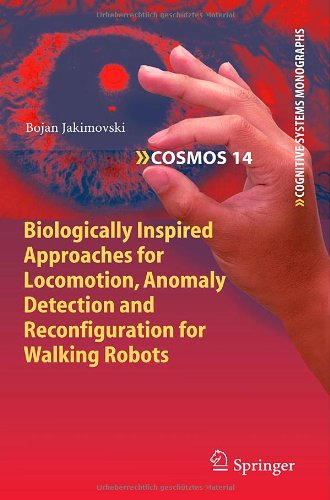

Most ebook files are in PDF format, so you can easily read them using various software such as Foxit Reader or directly on the Google Chrome browser.
Some ebook files are released by publishers in other formats such as .awz, .mobi, .epub, .fb2, etc. You may need to install specific software to read these formats on mobile/PC, such as Calibre.
Please read the tutorial at this link: https://ebookbell.com/faq
We offer FREE conversion to the popular formats you request; however, this may take some time. Therefore, right after payment, please email us, and we will try to provide the service as quickly as possible.
For some exceptional file formats or broken links (if any), please refrain from opening any disputes. Instead, email us first, and we will try to assist within a maximum of 6 hours.
EbookBell Team

0.0
0 reviewsThe increasing presence of mobile robots in our everyday lives introduces the requirements for their intelligent and autonomous features. Therefore the next generation of mobile robots should be more self-capable, in respect to: increasing of their functionality in unforeseen situations, decreasing of the human involvement in their everyday operations and their maintenance; being robust; fault tolerant and reliable in their operation.
Although mobile robotic systems have been a topic of research for decades and aside the technology improvements nowadays, the subject on how to program and making them more autonomous in their operations is still an open field for research.
Applying bio-inspired, organic approaches in robotics domain is one of the methodologies that are considered that would help on making the robots more autonomous and self-capable, i.e. having properties such as: self-reconfiguration, self-adaptation, self-optimization, etc.
In this book several novel biologically inspired approaches for walking robots (multi-legged and humanoid) domain are introduced and elaborated.
They are related to self-organized and self-stabilized robot walking, anomaly detection within robot systems using self-adaptation, and mitigating the faulty robot conditions by self-reconfiguration of a multi-legged walking robot. The approaches presented have been practically evaluated in various test scenarios, the results from the experiments are discussed in details and their practical usefulness is validated.